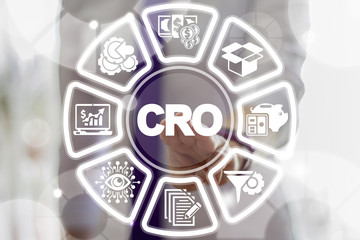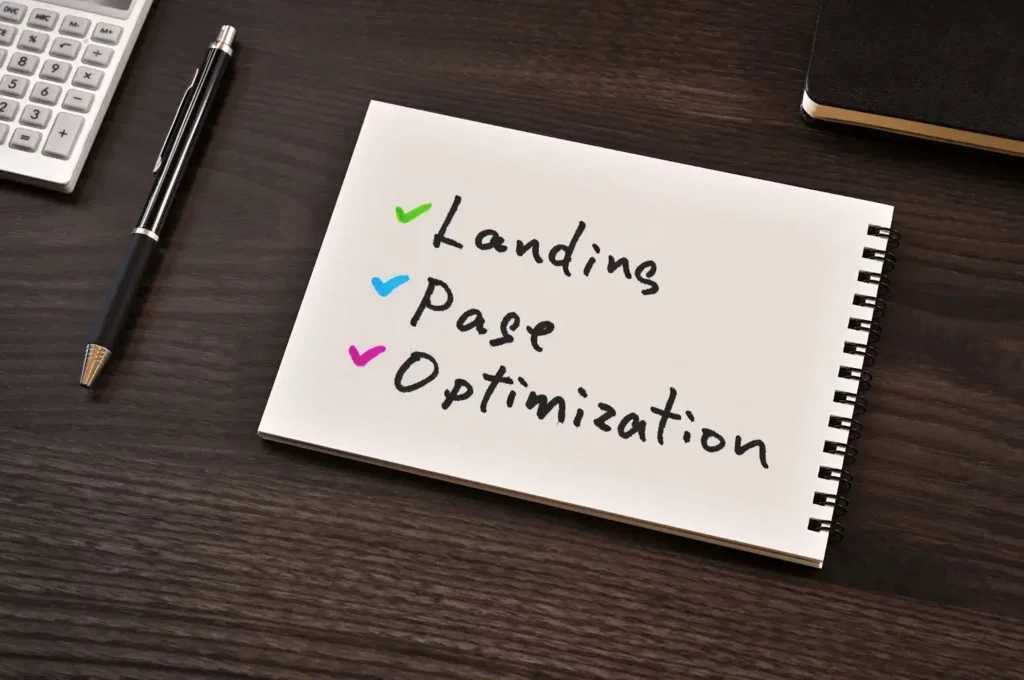on-page seo guide
1. Keyword Research and Optimization:
People need to use the right words to find information on the internet, which is very big. It is very important to study keywords in depth for on-page SEO to work. First, use Google Keyword Planner, SEMrush, or Ahrefs to find keywords important to your audience and market. Pay attention to search terms that get a lot of traffic but aren’t too crowded. You can get a sense of what people want from this.
After making a list of keywords you want to use, you need to add them carefully to your website’s most important pages, like
– Title Tag: Make title tags that are short, interesting, and prompt that make people want to click on them.
– Meta Description: Use relevant keywords in short meta descriptions. They give a sneak peek at your content and get more clicks.
– Headings (H1, H2, etc.): It will be easier to read. Search engines will understand your content if you use headers to organize it. It’s easy to improve on-page SEO by adding keywords to names.
– Body Content: Don’t break the flow of your writing when you use important words and sentences. This will help your readers. People should be careful not to use certain words too much because search engines might drop your content if you do.
2. Optimize Page Speed and Mobile Responsiveness:
. We live in a digital world now. Making the page faster and mobile-friendly should be your first priority. It’s key to giving your users a great experience. Sites that run fast and look good on many devices get much attention from people and search engines. It’s important to speed up your page. It should also be more mobile-friendly. Google uses these factors to decide search results.
Here are some things you can do to make your website load faster and work better on mobile devices:
-Make the images better: You can use tools like TinyPNG or JPEG Optimizer. They shrink picture files without losing quality.
– Minimize HTTP Requests: Make fewer HTTP calls. Do this by having fewer HTML, JavaScript, and CSS files. This will make the code simpler.
– Use AMPs or Accelerated Mobile Pages: When you use AMP, you can make versions of your websites that work quickly on phones.
– Use adaptable design: Make sure your website is designed to make it easy to fit on various devices and screen sizes.
3. Create High-Quality, Engaging Content:
Content is an important part of SEO because it starts the process of making changes to a page. To get and keep organic traffic, your content should be interesting, high-quality, and answer users’ questions. It should also be useful. If you want your website to seem like a star in its field, you should always try to give your users full and accurate information that meets their needs.
Here are some ideas that will help you make your writing more interesting:
– Conduct Thorough Research. It is a point to study hard to get ideas and knowledge that will help you do better work.
– Leverage Multimedia: It will look better and get people more involved if you add pictures, movies, maps, and charts that they can interact with. Adding video can really improve the experience for your users.
– Make it simple to read: Break up your text. Use short paragraphs, bullet points, and subheadings. This will make it easier to read and faster to scan.
– Incorporate Internal and External Links: Adding links to reliable sources helps. Also, link to your site’s key pages. It can make people trust your writing.
4. Optimize On-Page Elements for User Intent:
It’s important to know what the user needs so you can make on-page features that speak to them and match their search results. You need to know what the person wants to do to make a page load faster. When people use the material for different reasons, like learning, studying geography, money, or running a business, they must be optimized in different ways.
Make sure that what’s on the page fits the person’s desire.
– Informational Queries: Give people detailed and useful material that tries to teach them and answer frequently asked questions.
– Navigational Queries: Make sure your website’s title tags and meta descriptions are well-written so people can easily find their way around and see the pages they want to see.
– Transactional Queries: To get more sales and leads, make product pages work better and add calls to action (CTAs) that people will want to click on.
— Commercial Investigation Queries: Write material that tells buyers everything they need to know about a wide range of products or services, solves common issues, and helps them make smart purchasing decisions.
5. Prioritize On-Page Technical Optimization:
Let’s first discuss what is on-page optimization. On-page optimization, often called on-page SEO, encompasses the meticulous fine-tuning of various elements within a webpage to improve its search engine visibility and enhance user experience. Unlike off-page SEO, which focuses on external factors such as backlinks and social signals, on-page optimization revolves around optimizing factors directly within the website itself.
Because of this, your website will be able to be crawled, saved, and rank well in search engine results pages (SERPs). For your website to do better in SEO, you need to fix any technical issues and make sure that things like URL layout, meta tags, and schema markup are working as they should.
Following are the on-page SEO optimization tips:
– Optimize URL Structure: Fix the structure of your URLs. Short, clear URLs with relevant keywords will help search engines figure out what your page is about.
– Utilize Schema Markup: If you add structured data code to your content, search engines will be able to learn more about it. This will make it look better in rich snippets and knowledge panels.
– Make the most of meta tags: give each page its unique meta title and description full of useful keywords. Use words that are related to your site to get more clicks and more search engine attention.
– Secure Your Website with HTTPS: Switching to HTTPS will make your site safer. People and search engines will believe your site more because of this. It will also protect user info.
Conclusion:
To sum up, you need to know a lot about on-page SEO if you want to get more pure traffic and make a name for CLYD online. There are things that CLYD can do to make its website more visible so that more people can see it. Making sure the page opens fast and works well on mobile devices, writing interesting material that meets the needs of the user, and improving keywords are all things that can be done to do this. CLYD will be able to keep growing and become a market leader if they use these tips and are open to new SEO trends.





